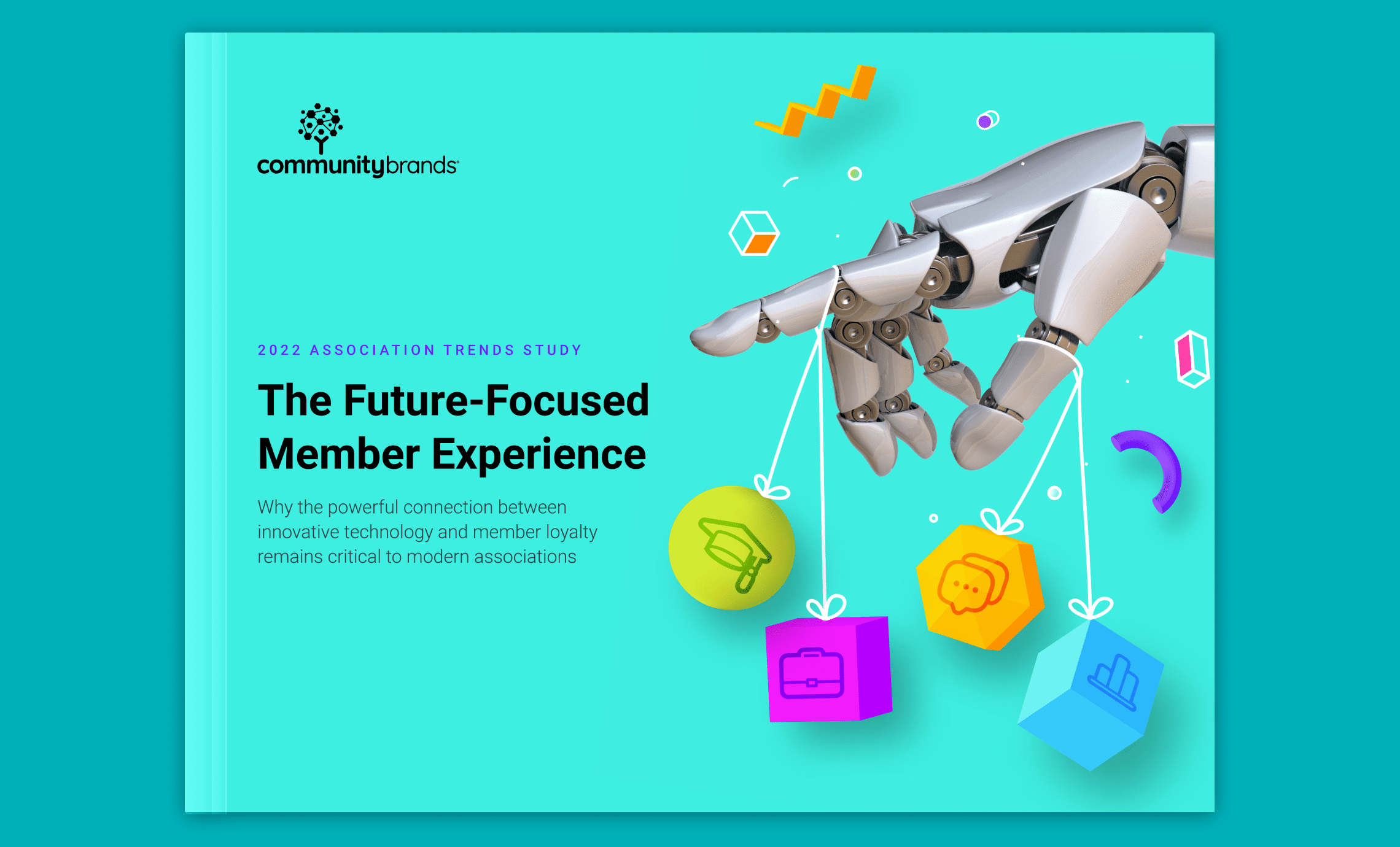Does your association have a data governance policy? In our data-driven world, governance is crucial in maintaining the integrity, accuracy, and security of your organization’s data. But according to the Community Brands 2022 Association Trends Study, only 39% of association professionals have one! While data analytics might be communicated as a high priority, the surveyed association professionals report their confidence in the state of their member data remains weak.
How can your organization reverse this concerning trend? Continue reading to learn how your association can adopt its own data governance policy and become a more data-driven organization.
What is data governance?
A set of rules, metrics, or policies established by an organization to bring clarity and ease of use to data practices is a data governance policy. Having well-governed analytics also helps elevate companywide strategy and maximize ROI. A well-executed data governance policy will often include a steering committee or leadership board to determine the data standards and discuss the implementation process and enforcement procedures.
However, according to a Gartner survey, 42% of data and analytics leaders do not measure or assess their data. Of the respondents who do measure their data, their governance activity focused solely on compliance-centered goals.
Why does your association need a data governance policy?
Without proper care for your data, your system can fall prey to data inconsistencies, causing major problems across your organization. Data could be listed differently in member, education, or accounting systems presenting integration issues and data integrity damage to your records. When you create a data governance policy, your organization can break down these data silos and allow data to be properly utilized.
Give your association a competitive edge by choosing to emphasize data governance and creating a like-minded policy. Leveraging data helps your association gain crucial member insights about learning content and event attendance, boosting member engagement across all avenues.
How can your association become driven by data governance?
You’ll first need to strategize your organization’s policy. When creating a data governance policy, your association should seek to define a collection of best practices to promote data security.
Most policies will include the following aspects:
- Purpose: You’ll want to start your data governance policy with a statement outlining its purpose, noting how it supports your association’s mission and goals.
- Scope: Within the scope, describe how your policy will affect various stakeholders like members, staff, and more.
- Rules: This section features the main guidance on how your association will regulate your data. Consider including rules about data-specific subjects like access and availability, usage, security, quality and integrity, and usability and integration.
- Stakeholder roles and responsibilities: You’ll need to determine the roles and responsibilities of your data owners, users, and stewards. Additionally, consider who will make up your data governance body if you choose to create a committee or leadership board.
- Key definitions: Include a glossary of important terms used in your policy, like data, data user, access, metadata, and custodian.
- Review process: For best practices purposes, you might consider including a section that covers how your data governance policy is established, reviewed, and updated.
- Additional resources: This section serves as a place for additional documentation or referenced regulations.
As you begin the process of creating your policy, consider asking the following questions to further refine the focus of data governance at your association:
- What is the ultimate purpose of your data?
- What is the timeframe for how long you keep data? How often should we be cleaning our data?
- How can this data help us better target members with preferred member benefits?
- How can we be more transparent about data usage in our association with our members, staff, and other key stakeholders?
- What ongoing education or training do we need to adopt to become a data-driven organization?
Once you’ve arrived at a data governance policy, consider publishing it across your communication platforms to signal to members and industry stakeholders your data values. Prioritizing data governance can help you build trust in your organization, attracting new members while also boosting member engagement and retention.




